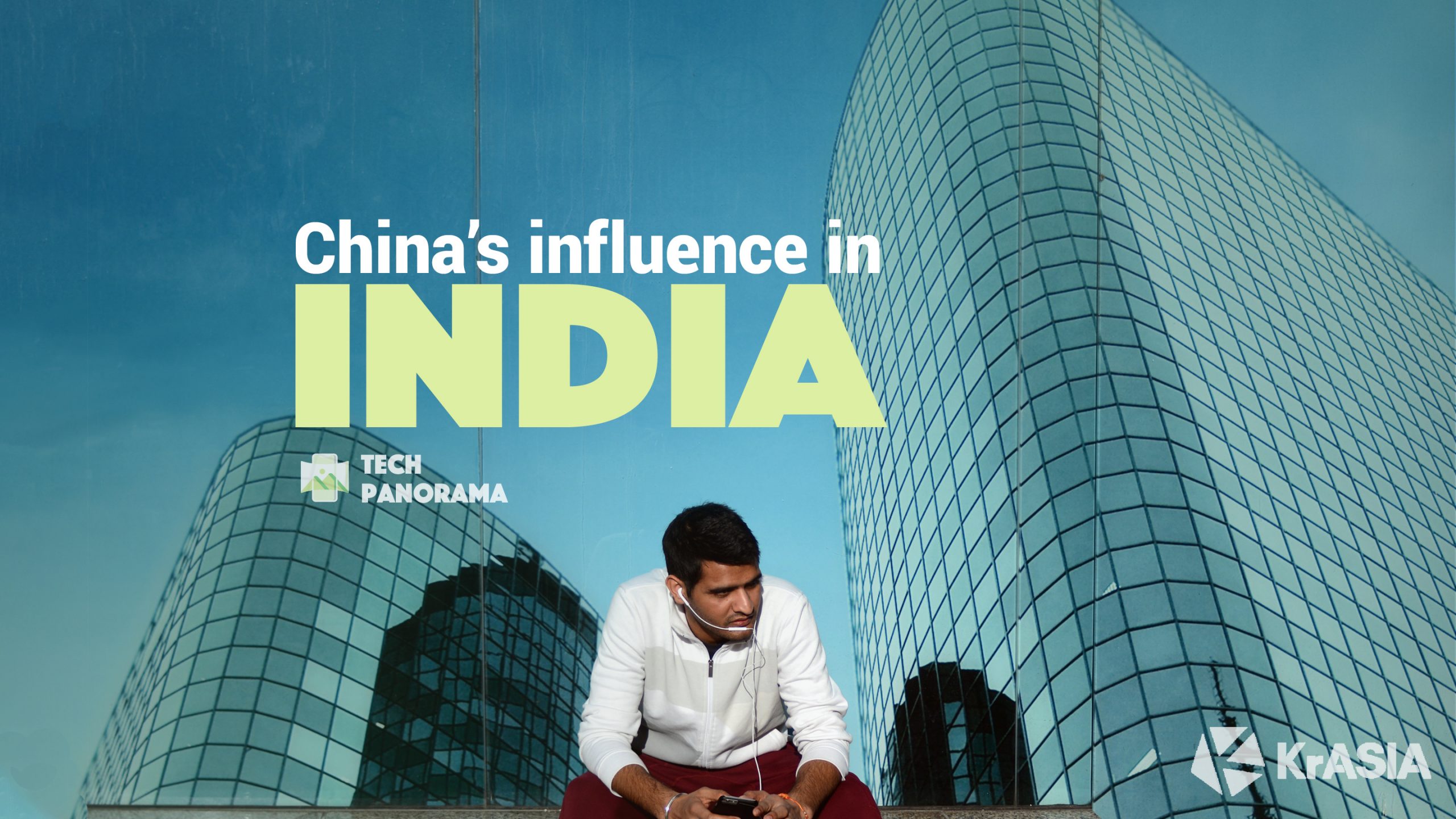The intensifying Indo-China border clashes continued last week with the Indian government banning 59 Chinese apps citing national security concerns. Some of the Chinese banned apps are among India’s most popular ones, such as ByteDance’s short video TikTok, social networking platform Helo, as well as file-sharing tool SHAREit.
While some companies are still anxiously waiting to see how this geopolitical-charged ban develops, TikTok is reportedly seeking legal actions against it.
China is one of the largest backers behind India’s growing startup ecosystem, with Chinese investors on the cap tables of at least 18 out of the country’s 30 unicorns. Meanwhile, Chinese smartphones and apps permeated the Indian market due to their affordability and bespoke functionalities. Believe it or not, the two largest Asian nations are more intertwined with each other than you might have thought in the tech ecosystem.
Investments
Chinese investors have pumped in USD 4.1 billion into India in 2019, up from USD 300 million in 2018. Though overall Chinese fundings fall behind that of the US. That said, Chinese investors have supplanted the US as the biggest backer of the country’s fast-growing digital economy, India’s ET reported.
Out of India’s 30 unicorns, Chinese companies such as Alibaba (NYSE: BABA; HKEX: 9988) and Ant Financial backed five of them, while Tencent seven. Other Chinese internet giants, from Meituan Dianping (HKEX: 3690) to Didi, all took some bets in India. Additionally, Xiaomi’s Shunwei Capital is the most active backer of Indian startups, writing checks for 17 local startups.
However, amid the two nation’s heated land tussle, India has changed in April its Foreign Direct Investment (FDI) laws, demanding all Chinese investments to be subjected to governmental approval. As a result, local food delivery startup Zomato was reportedly in talks with Singapore-based Temasek one of its existing backers in hopes of securing USD 100 million, as the agreed-upon sum from Ant Financial is not yet to deliver due to the new FDI rules.
Apps
As the short video mania takes up much of the global web, India, as the world’s second-largest populous country is taking the center stage. There are more than 120 million users, or one-fifth of India’s mobile internet population, using TikTok. What’s more, India accounted for more than 323 million, or almost half, of TikTok’s 2019 global downloads, per an App Annie report.
At the same time, Alibaba’s VMate, YY’s Likee, and ByteDance’s video-sharing and social media Helo, can all be seen among India’s top-downloaded app list.
Two days after the ban on TikTok, local video-sharing social media application Roposo saw its user base grew by 22 million in India, as its founder Mayank Bhangadia told local media. Roposo is just one of the many local alternatives looking to capitalize on the vacuum left by the eviction of TikTok.
Smartphones
Currently, Chinese smartphone companies altogether have more than 70% of the Indian market, leaving Samsung, and a bunch of local vendors, vying for the remaining share, Counterpoint data shows.
However, the recent border conflicts led to a new round of nationalism and anti-China sentiment, with local citizens venting their spleen over Chinese products by boycotting and even smashing them. Xiaomi, one of the hardest-hit Chinese brands, had to cover its Indian Mi Stores with “Made in India” banners to deflect possible attacks, KrASIA reported.
“[The boycott] won’t have any impact in the short term because people have to buy phones and most of the phones in the market are Chinese phones,” said Rushabh Doshi, research director at Canalys, to local media IndianExpress.
Trade
A deeper look into the trade relationship between the two neighbors will reveal India’s economic dependence on China is more than just in tech. China is India’s second-largest trade partner behind the US, providing more than 12% of raw materials, commodities, and components that are vital to India’s economic growth, according to a BBC report.
For example, “at least 70% of India’s drug intermediary needs are fulfilled by China,” Sudarshan Jain, president of the Indian Pharmaceutical Alliance, told BBC.
Employment
Chinese brands have been setting up plants in the country as their responses to India’s “Made in India” program.Xiaomi, for example, is said to have 99% of its phones for the Indian market manufactured locally across its seven factories in the country, contributing to India’s job markets.
Since the beginning of the year, many factories have shut down due to COVID-19 pandemic, only resuming their operations shortly before the recent political clashes between the two countries. Xiaomi and Oppo, for example, were forced to importing smartphone models from China to India to fill gaps in capacity and demand, Reuters reported earlier this month.
The increasing tension between the two countries would, without a doubt, put major pressure on local employees working for Chinese companies in India.
Earlier this year, Xiaomi claimed to have created 50,000 jobs for the country, while ByteDance disclosed a plan to hire 10,000 new personals globally in April, outside of the 2,000 existing ones in India.
Over the past years, India and China had several small border skirmishes, but neither of them is as heated as the current one. In addition to the apps ban, India government is also considering prohibiting China from taking part in the country’s infrastructure construction, halting customs clearance for Chinese goods which are needed by local factories. The two country’s relationship is now indeed on life support. However, a full-scale decoupling between the two nations is neither ideal nor possible. The two countries are more connected than many have imagined. And a forceful disbanding would only harm both nations.
Cheng Ming contributed to the story
